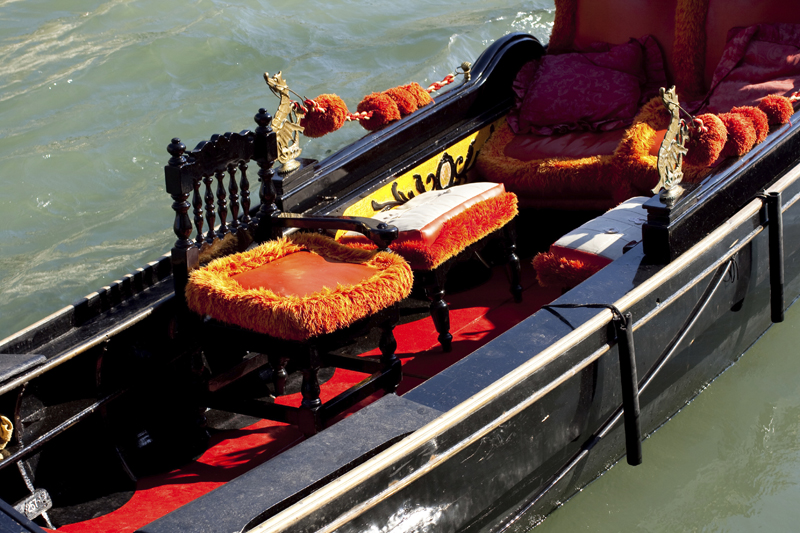The Bald Eagle, Iowa

" I stand on the bridge for hours watching the birds and taking pictures with my powerful lens," said Lynette Cooke Upchurch in response to my questions on how long it took to get her wonderful pictures. The birds are magnificent soaring and swooping along currents of air. They did not look 'bald' to me in the true sense of the word, like our vultures do in India and so I wondered where the name The Bald Eagle (Haliaeetus leucocephalus) came from.
Reading up on the bird one sees that it was on June 20, 1782, that Congress chose the Bald Eagle as the national bird of the USA. In the old days, apparently bald meant white as well as hairless, which is why the bald eagle got its name. When the Europeans came into the US to settle, it is estimated there were 100,000 eagle pairs in 48 states. Slowly, by the 1960s, the winter counts averaged less than 4,000 eagles, and shockingly in Iowa, there were no known nesting pairs after 1905. This drastic decline was clearly attributed to man's direct persecution, habitat loss, and pesticide contamination.
Not willing to lose the bird, the country passed 'The Bald and Golden Eagle Protection Act,' in 1940 in an attempt to reverse the eagle’s decline. But that did not really help so a more comprehensive policy was passed to save the eagles and other species, from extinction. In 1978, Congress protected the Bald Eagle under the Endangered Species Act.
With this piece of legislature in place, and an increased awareness of and concern for bald eagles has lead to its recovery in numbers. The number of nesting pairs counted in the lower 48 states has gone from 417 in 1963 to over 9,000 in 2006! Iowa had its first bald eagle nest in over 70 years in 1977, and since then eagle nests have been reported in 86 of Iowa’s 99 counties.
There are currently 262 bald eagle territories classified as ‘active’ by the Iowa DNR. In order for a territory to be considered active, there has be nesting activity reported within the last three years.
Bald eagles have a life span of 20-30 years in the wild. Pairs tend to mate for life, returning to the same nest site year after year. The nest is usually built in an isolated, dominant tree with strong branches that is near water. The pair will defend the square mile surrounding it against any nesting competitors or predators. If their nest from the previous year is still there, the pair will simply add to it. As a result, nests can be seven feet wide, ten feet deep, and weigh as much as two tons.
The female lays two to three eggs at 4-day intervals. Both parents incubate, and after 35-40 days the eggs hatch. The chicks are called eaglets. The first two weeks of the eaglets’ life are when the parents are most sensitive to disruption. No human disturbance can be tolerated at this critical stage. If the parents are alarmed and fly off, they may not come back.
When an eaglet is three weeks old, it weighs 5 pounds and stands about 12” high. At week five, the eaglet enters the “ramage” stage, when feathers begin to replace the down.
Wing exercising to prepare for flight begins in week 8, and during the 9th week young eagles are often seen perching on the branches around the nest (earning them the nickname “branchers”
The young eagles fly for the first time when they are about 75 days old. Young stay near the nest site (eyrie) up to 5 more weeks
Reading up on the bird one sees that it was on June 20, 1782, that Congress chose the Bald Eagle as the national bird of the USA. In the old days, apparently bald meant white as well as hairless, which is why the bald eagle got its name. When the Europeans came into the US to settle, it is estimated there were 100,000 eagle pairs in 48 states. Slowly, by the 1960s, the winter counts averaged less than 4,000 eagles, and shockingly in Iowa, there were no known nesting pairs after 1905. This drastic decline was clearly attributed to man's direct persecution, habitat loss, and pesticide contamination.
Not willing to lose the bird, the country passed 'The Bald and Golden Eagle Protection Act,' in 1940 in an attempt to reverse the eagle’s decline. But that did not really help so a more comprehensive policy was passed to save the eagles and other species, from extinction. In 1978, Congress protected the Bald Eagle under the Endangered Species Act.
With this piece of legislature in place, and an increased awareness of and concern for bald eagles has lead to its recovery in numbers. The number of nesting pairs counted in the lower 48 states has gone from 417 in 1963 to over 9,000 in 2006! Iowa had its first bald eagle nest in over 70 years in 1977, and since then eagle nests have been reported in 86 of Iowa’s 99 counties.
There are currently 262 bald eagle territories classified as ‘active’ by the Iowa DNR. In order for a territory to be considered active, there has be nesting activity reported within the last three years.
Bald eagles have a life span of 20-30 years in the wild. Pairs tend to mate for life, returning to the same nest site year after year. The nest is usually built in an isolated, dominant tree with strong branches that is near water. The pair will defend the square mile surrounding it against any nesting competitors or predators. If their nest from the previous year is still there, the pair will simply add to it. As a result, nests can be seven feet wide, ten feet deep, and weigh as much as two tons.
The female lays two to three eggs at 4-day intervals. Both parents incubate, and after 35-40 days the eggs hatch. The chicks are called eaglets. The first two weeks of the eaglets’ life are when the parents are most sensitive to disruption. No human disturbance can be tolerated at this critical stage. If the parents are alarmed and fly off, they may not come back.
When an eaglet is three weeks old, it weighs 5 pounds and stands about 12” high. At week five, the eaglet enters the “ramage” stage, when feathers begin to replace the down.
Wing exercising to prepare for flight begins in week 8, and during the 9th week young eagles are often seen perching on the branches around the nest (earning them the nickname “branchers”
The young eagles fly for the first time when they are about 75 days old. Young stay near the nest site (eyrie) up to 5 more weeks

Related Articles
Editor's Picks Articles
Top Ten Articles
Previous Features
Site Map
Content copyright © 2023 by Marianne de Nazareth. All rights reserved.
This content was written by Marianne de Nazareth. If you wish to use this content in any manner, you need written permission. Contact Marianne de Nazareth for details.





 -resizeimage.jpg.jpg)

